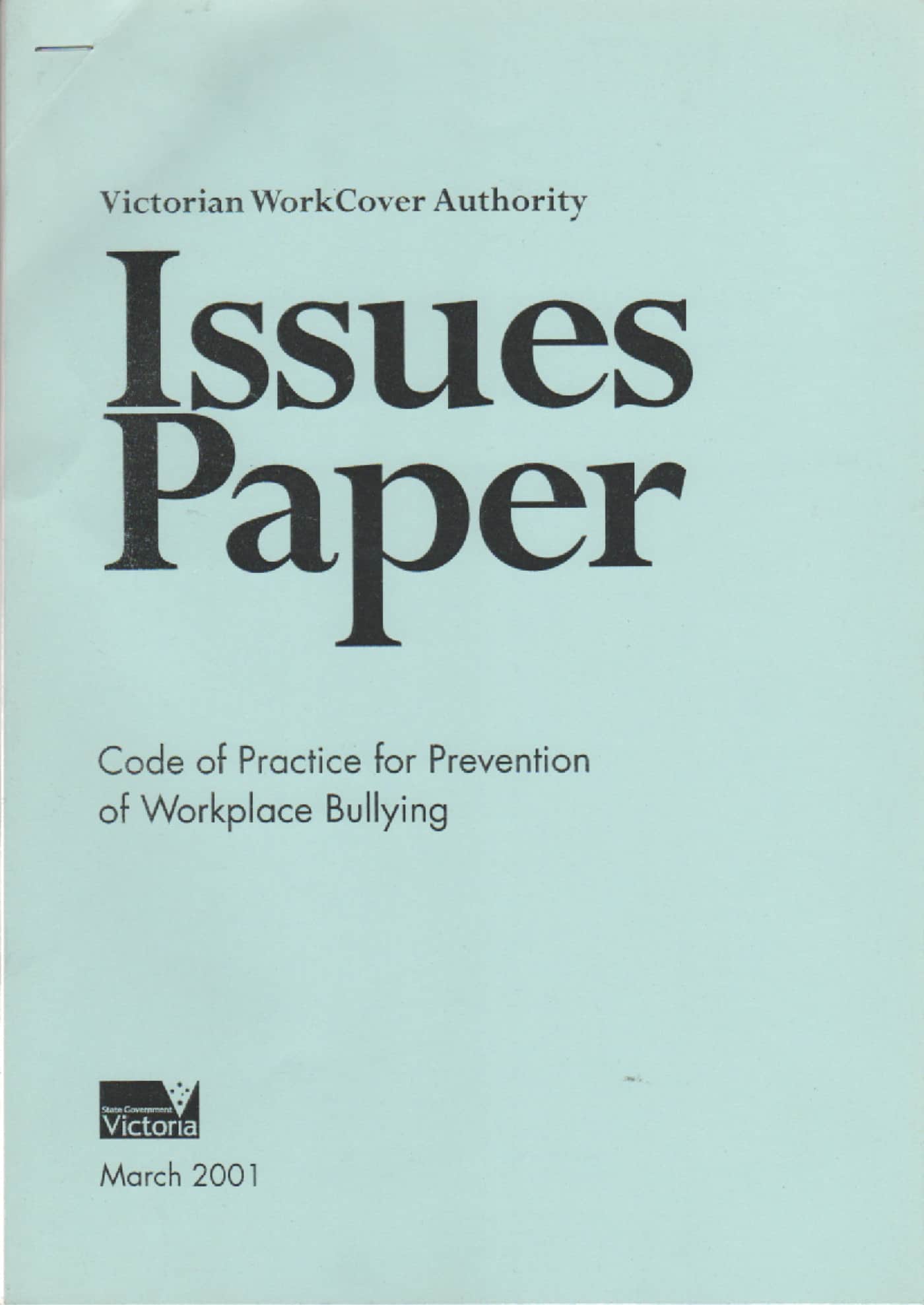Yesterday Australia opened its National Workers Memorial in Canberra. The Workplace Relations Minister Bill Shorten, spoke at the ceremony with, largely, an edited and reduced version of the speech he presented in Brisbane earlier last week. The Canberra speech dropped all the ANZAC Day references and spoke about the importance of remembering.
“By erecting this monument, we tie the lives and memories and families of thousands of Australians to this place. We stand here in this place as a mark of respect from a civilised community as an expression of failure and regret. That’s what all memorials are, and this one is no different. This is a symbol of the mourning for those lost too early from our tribe Australia.” Continue reading “National Workers Memorial opens”





